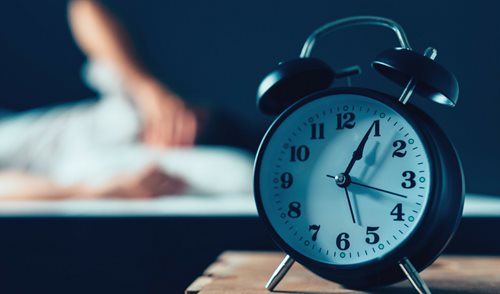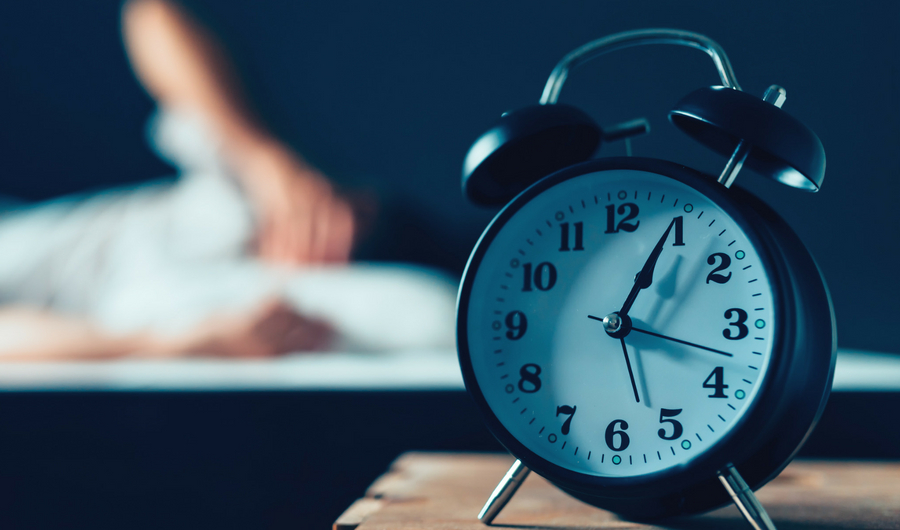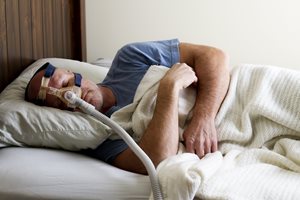 When most people think of obstructive sleep apnea (OSA), they picture a middle-aged overweight male who snores. And while all of those factors increase your likelihood of being diagnosed with OSA, they aren’t the only ones.
When most people think of obstructive sleep apnea (OSA), they picture a middle-aged overweight male who snores. And while all of those factors increase your likelihood of being diagnosed with OSA, they aren’t the only ones.
Women and men of all sizes, ages, and lifestyles might be affected by OSA. Without a diagnosis or treatment, it could be negatively impacting their health without knowing why. Anyone who has the following symptoms should speak to their doctor and ask for a sleep test.
Common Symptoms of Sleep Apnea
-
Snoring of any kind. Sometimes patients may try to fix the snoring by repairing a deviated septum or removing the uvula (the boxing-bag thing that hangs in the back of the throat), but snoring still persists
-
Waking up multiple times during the night to go to the bathroom
-
High blood pressure
-
Tired during the day
What is obstructive sleep apnea? (OSA)
In simple terms, OSA is difficulty breathing at night when you are sleeping. In mild cases, you have trouble breathing. It may also cause you or your brain to wake up or your oxygen level to drop.
OSA happens when our muscles relax while we sleep. Your tongue is a big muscle, and it can fall back and close off the opening of your airway.
How does obstructive sleep apnea affect me?
If left untreated, sleep apnea can have a big impact on the following health problems:
-
Heart disease – heart attack or heart failure
-
High blood pressure
-
Greater risk of having a stroke
-
Elevated cholesterol
-
Diabetes
-
Memory problems
-
Mood swings
-
Depression
Diagnosing obstructive sleep apnea
Sleep tests are the most accurate way of diagnosing sleep apnea. Snoring is the most common symptom that lead people to be tested.
There are two types of sleep tests – a home sleep test and an in-lab sleep test.
During a home sleep test, the sleep technician evaluates how you are sleeping at night and measures your oxygen levels.
The in-lab sleep test is much more extensive; the sleep technician will monitor your brain and heart activity, as well as breathing and movements. They also have a video camera to see if you have any other movements happening.
Treating obstructive sleep apnea
The most common and effective method of treatment for sleep apnea is continuous positive airway pressure (CPAP) – it’s a machine that creates pressure to help you breathe. About 75% of patients choose this option.
The other common treatment is a dental device. The mouth guard pushes the lower jaw forward at night to help stabilize airway and help you breathe at night.
If you have a milder case of sleep apnea, try sleep on your side, instead of your back. And get your allergies treated! Allergies in the Central Valley can have a big impact on your ability to breathe. Talk to your doctor if symptoms do not improve.
Watch this MedWatch Today segment to learn more about sleep apnea and its treatments:
Want to learn more about obstructive sleep apnea or sign up for a sleep study? Contact the University Sleep and Pulmonary Associates.







